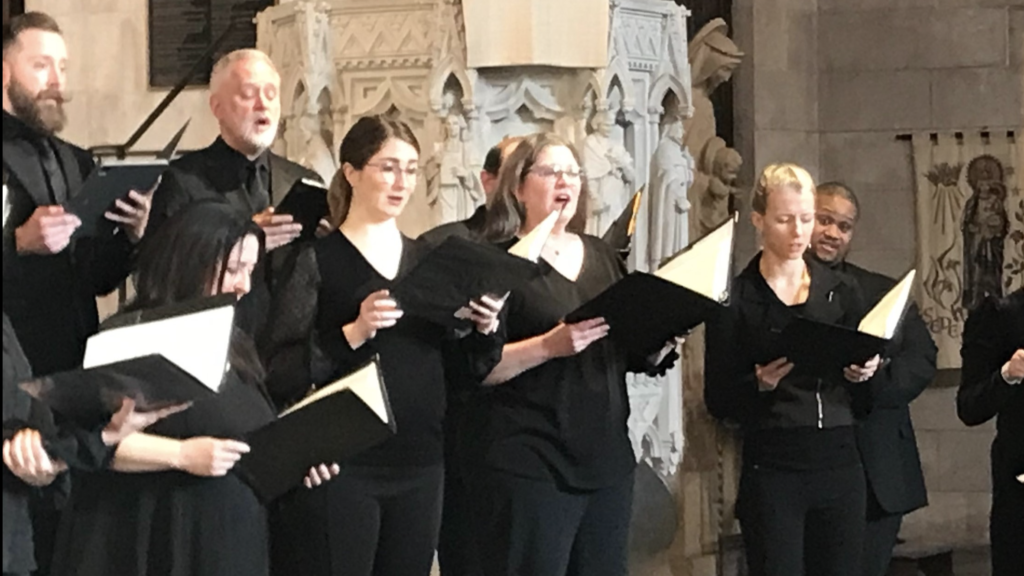
The French Baroque Style
Works by Lully, Couperin, Campra, Rameau, & J.S. Bach
Holy Wisdom Monastery, Middleton
September 28, 2024 • 7:15 pm lecture/8 pm concert
September 29, 2024 • 2:45 pm lecture/3:30 pm concert

Featuring:
- Marc Destrubé–VIOLIN & GUEST LEADER
- Sarah Brailey–SOPRANO SOLOIST
- Immanuel Davis–FLUTE SOLOIST
- MBM instrumental ensemble
About this Program
In music, what does it mean to sound French? This concert is our opportunity to investigate that notion and share a cornucopia of 17th- and 18th-century Baroque masterworks in the French style. We’ll start in the 17th century with Jean-Baptiste Lully (1632-1687), who, though born in Italy, spent most of his career in France and became the leading composer at the musically extravagant court of Louis XIV. Lully wrote the music for Molière’s satirical comédie-ballet, Le Bourgeois Gentilhomme, about the clumsiness of social climbing, and the humor comes bubbling through in this orchestral suite. Then we’ll hear an homage to Lully, written in 1725—38 years after Lully’s death—by François Couperin (1668-1733). L’Apothéose de Lully reflects upon the hybrid vigor music acquired as French and Italian taste merged in Lully’s work. We then move to the elegant suite from the opera-ballet L’Europe Galante—wildly popular when it premiered in 1697—by André Campra (1660-1744).
In 1725, the composer Jean-Philippe Rameau (1683-1764) witnessed Native American dancers and musicians—from Illinois!—performing at the court of Louis XV. Rameau was so moved that he later brilliantly integrated some of the Native American stylistic elements with his own French idiom in his 1735 opera, Les Indes Galantes. This suite has some of the most stirring fusions of rhythm, melody, and phrase structure ever penned. Little wonder that the great 20th-century composer, Claude Debussy, repeatedly held up Rameau as a paragon of French composers. The program also includes Bach’s (1685-1750) Orchestral Suite No. 2 in B minor. Here, Bach is in an all-out French mode. The Suite is replete with an expansive, sinewy, and martial French Overture, fastidious ornamentation, and several favorite types of French dances; even the other-worldly tonality of B minor was a French favorite. The closing Badinerie (French for “jest”) is one of the all-time great toe-tappers. Keep in mind that aristocratic court life in Germany during the 18th century was conducted largely in French. It couldn’t have been easy, but the nobility insisted on it to demonstrate that they had “style.” Not surprisingly, the 18th century has often been called “the triumph of French taste.”


